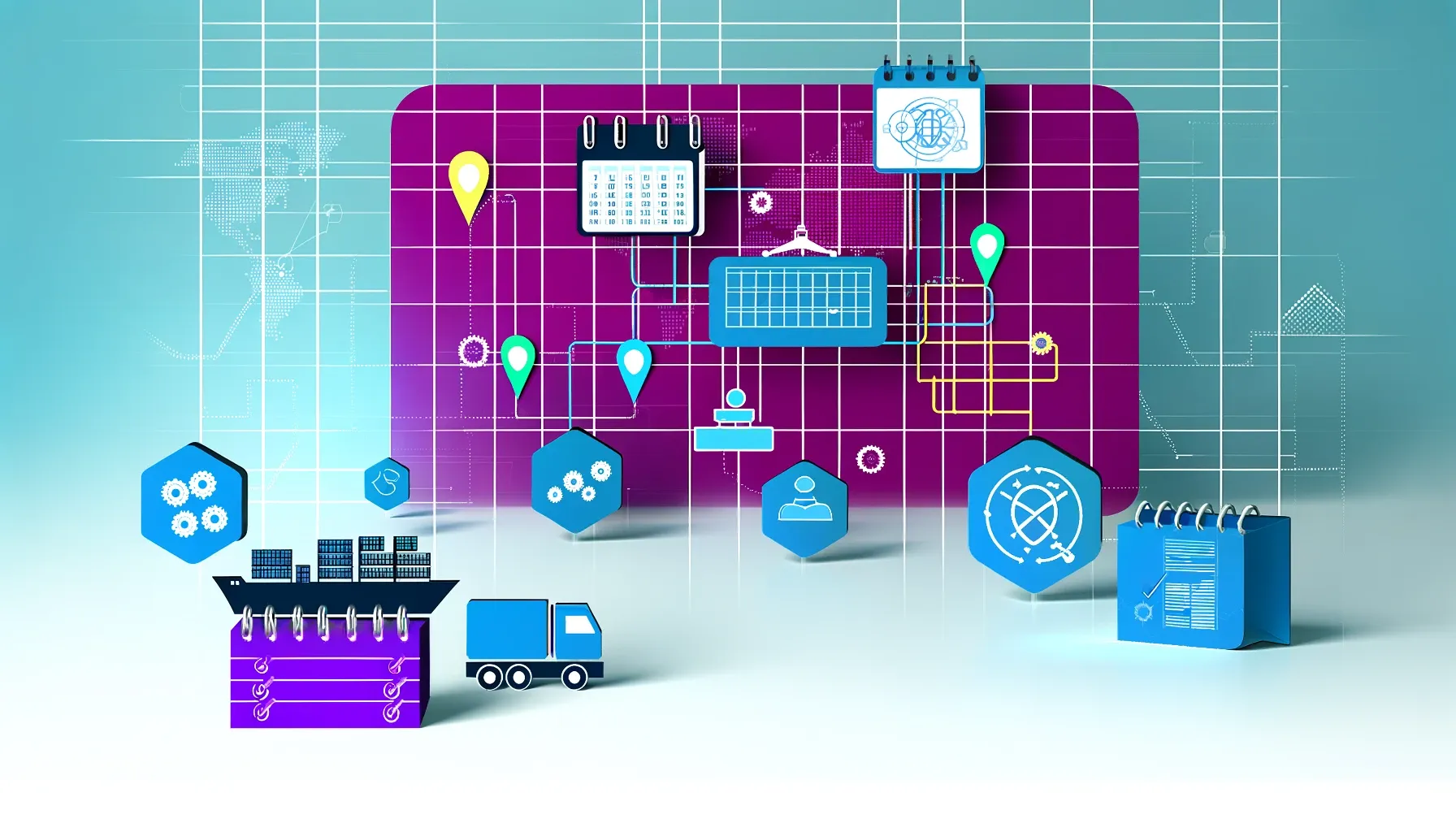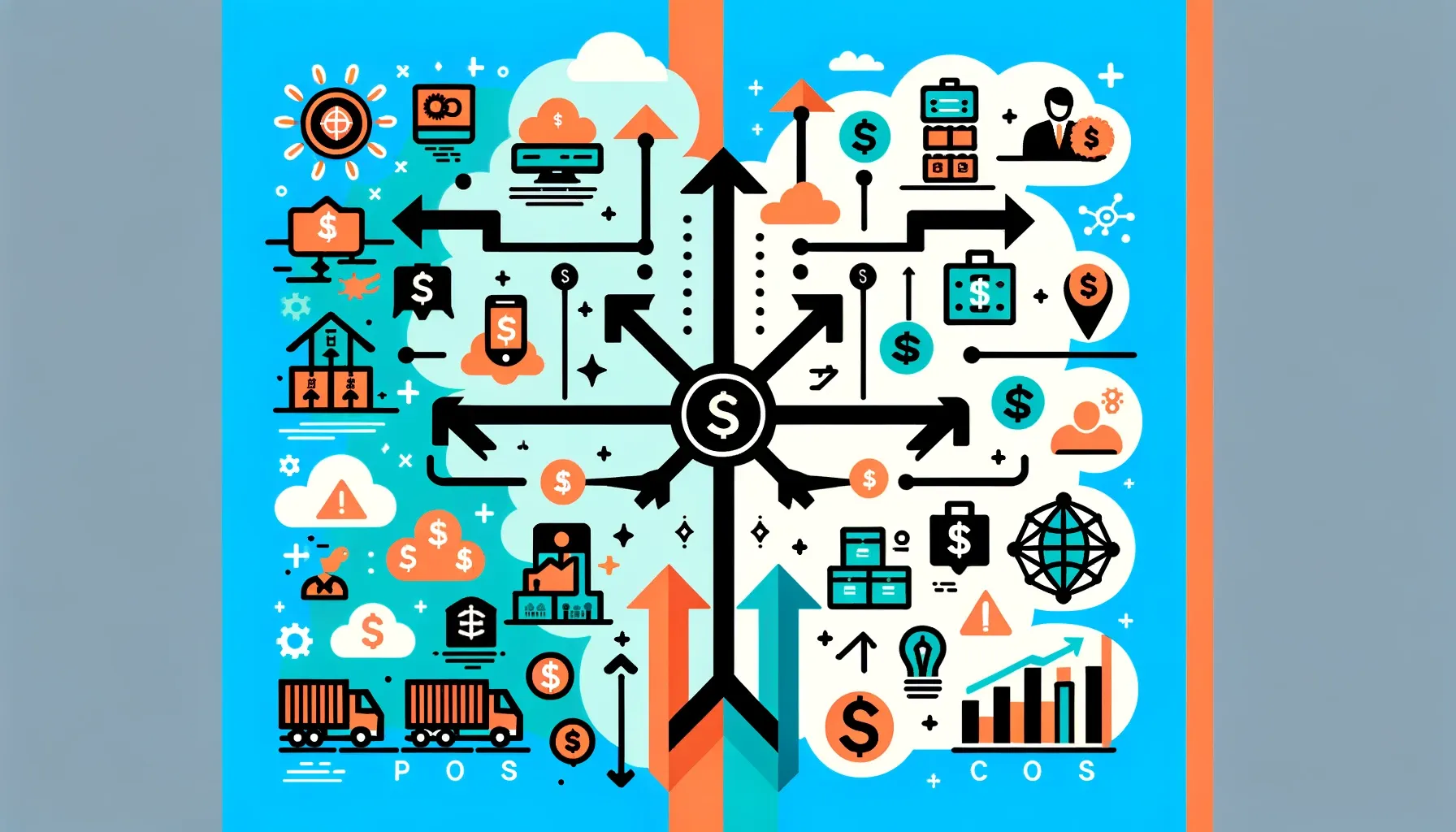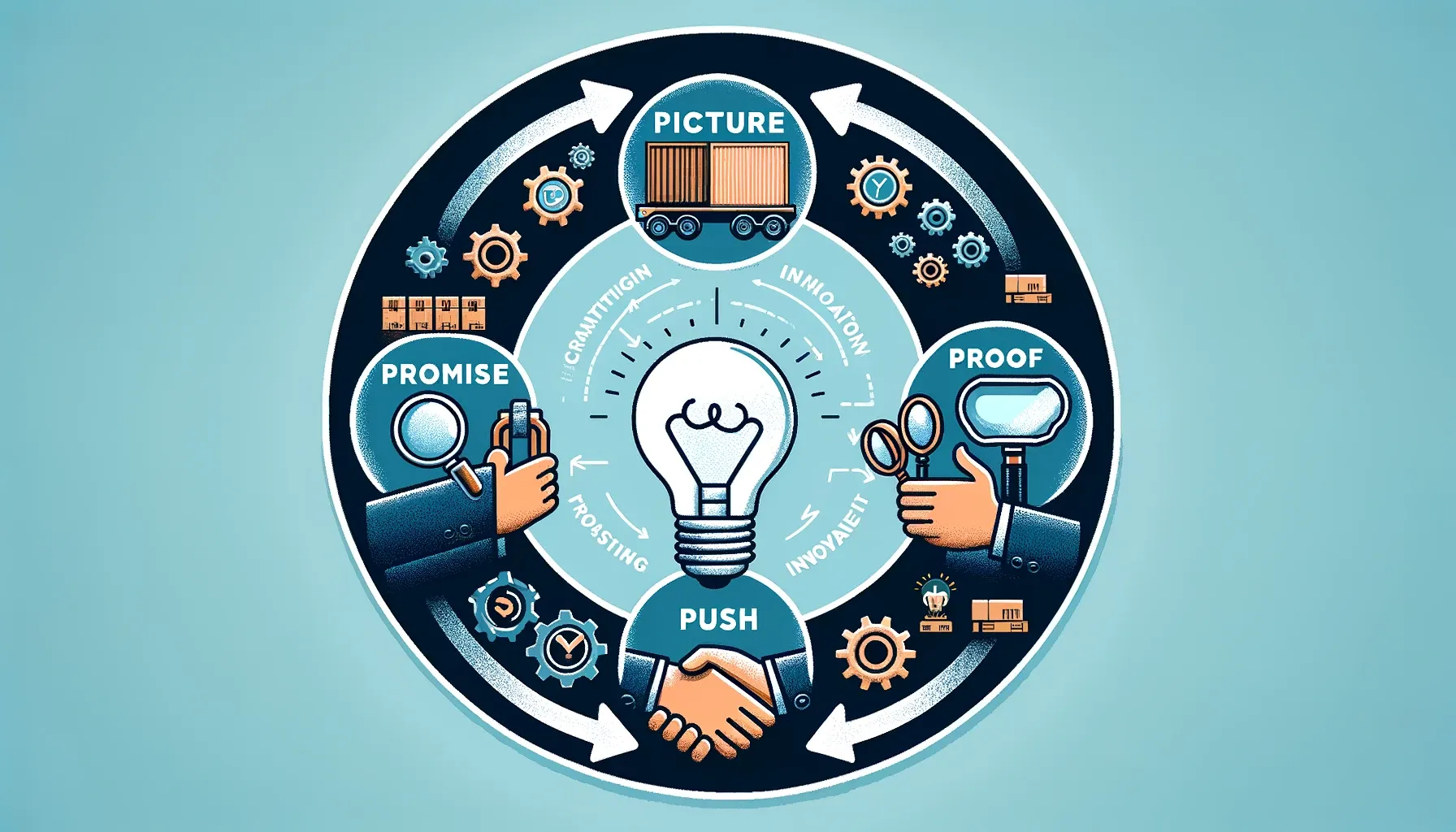Innovations In Logistics Technology

Innovations in Logistics Technology: Navigating the New Era
The logistics industry stands at the brink of a technological revolution that promises to redefine traditional operations, offering unprecedented efficiency and accuracy.
However, the journey toward fully integrated logistics technology has challenges and opportunities.
This article delves into the core aspects of this transformation, providing insights into common integration mistakes, the pros and cons of new technologies, and a strategic framework for successful adoption.
Common Mistakes in Integrating New Logistics Technology
Integrating new technologies in logistics is a complex process that requires meticulous planning and organization.
One of the most common pitfalls is the lack of a comprehensive strategy encompassing accurate forecasting, inventory management, and contingency plans for unexpected events.
Businesses often fall into the trap of insourcing logistics operations without assessing their capacity to manage complex supply chains effectively.
Let's shed some light on these challenges and offer solutions to avoid the costly mistakes that can hinder the integration of innovative logistics solutions.
To facilitate successful technology integration, companies should focus on:
Establishing detailed planning and organizational protocols.
Leveraging technology to streamline operations and enhance data analysis.
Ensuring clear communication channels within the organization and with external partners.
Employing a phased approach to technology adoption, prioritizing core needs and quick wins.
Pros and Cons of Adopting Advanced Logistics Technologies
The advent of advanced logistics technologies, including artificial intelligence (AI), predictive analytics, and real-time tracking systems, has brought about a wave of benefits while introducing new challenges.
Pros:
Enhanced efficiency and productivity through automation and improved decision-making.
Increased customer satisfaction with faster, more reliable delivery services.
Better inventory management and reduced operational costs.
Cons:
High initial investment and complexity of integrating new systems into existing operations.
Potential resistance to change and the need for staff training and adaptation.
This section explores these dynamics, offering insights into how businesses can navigate the delicate balance between the advantages and challenges of logistics technology adoption.
Unlocking Logistics Innovation: The 4Ps Unveiled
The 4Ps framework (Picture, Promise, Proof, Push) offers a robust approach to assessing and implementing logistics innovations.
This strategic model encourages companies to visualize the potential impact of new technologies (Picture), evaluate the benefits (Promise), seek evidence of success (Proof), and execute a well-planned strategy for adoption (Push).
By adopting this framework, businesses can make informed decisions that align with their operational goals and customer expectations, ensuring a smoother transition to advanced logistics solutions.
Conclusion
The journey toward embracing logistics technology innovations is complex but rewarding.
By understanding the common pitfalls, weighing the pros and cons, and applying strategic frameworks like the 4Ps, companies can confidently navigate the path to digital transformation.
The future of logistics is bright, and those who dare to innovate wisely will lead the way in efficiency, customer satisfaction, and competitive advantage.

Common Mistakes in Integrating New Logistics Technology
Integrating new technologies into logistics operations represents a pivotal step toward modernization and efficiency.
However, this transition is not without its pitfalls.
Key Challenges and Solutions:
Lack of Strategic Planning: Many organizations embark on technology integration without a clear plan, leading to disruptions and inefficiencies.
To mitigate this, a comprehensive strategy that includes stakeholder engagement, process analysis, and a phased implementation approach is essential.
Underestimating the Importance of Data Accuracy: Accurate data is the cornerstone of effective logistics technology. Implementing systems without ensuring data quality can result in operational failures.
Prioritizing data integrity and ongoing data management practices is crucial.
Neglecting User Training and Adoption: The introduction of new technologies requires a change in workforce habits.
Overlooking the need for extensive training and user adoption strategies can hinder technology utilization.
Tailored training programs and change management initiatives can facilitate smoother transitions.
Inadequate Vendor Selection and Partnership: Choosing the right technology providers is vital.
Companies often select vendors based on cost alone, ignoring compatibility and support services.
Conducting thorough vendor evaluations and establishing clear expectations can lead to more successful partnerships.
By addressing these common mistakes proactively, businesses can enhance their chances of successful technology integration, ultimately improving logistics operations and competitive advantages.

Pros and Cons of Adopting Advanced Logistics Technologies
Adopting advanced logistics technologies presents a range of benefits and challenges for businesses striving to improve their supply chain operations.
Benefits:
Efficiency and Productivity Gains: AI and machine learning can automate repetitive tasks, optimize routes, and predict demand, significantly improving operational efficiency.
Enhanced Customer Satisfaction: Real-time tracking and predictive analytics can lead to more accurate delivery times, enhancing the overall customer experience.
Cost Reduction: Over the long term, the initial investment in technology can lead to substantial savings in labor, inventory management, and waste reduction.
Challenges:
High Initial Costs: The upfront investment required for cutting-edge technologies can be prohibitive for small to medium-sized businesses.
Complexity of Integration: Incorporating new technologies into existing systems can require significant time and resources to ensure compatibility and functionality.
Need for Skilled Personnel: The effective use of advanced logistics technologies often requires specialized knowledge, necessitating training or hiring of skilled staff.
Understanding these pros and cons is crucial for businesses to make informed decisions about incorporating new technologies into their logistics operations.
By carefully weighing these factors, companies can strategically navigate the path to digital transformation in logistics, leveraging technology to drive efficiency, customer satisfaction, and competitive advantage.
That's it for our exploration of innovations in logistics technology; now, let's reflect on the strategic framework provided by the 4Ps (Picture, Promise, Proof, Push) for assessing and implementing these technologies.
This comprehensive approach ensures that businesses can not only adopt new technologies successfully but also harness their full potential for transformative impact on logistics operations

Unlocking Logistics Innovation: The 4Ps Unveiled
Adopting logistics innovations requires a structured approach to ensure that new technologies deliver on their promise without overwhelming existing systems or processes.
The 4Ps framework—Picture, Promise, Proof, Push—provides a strategic model for this journey.
Picture: Begin by envisioning the potential impact of the innovation on your logistics operations.
This involves understanding the current challenges and how the new technology could address them.
Promise: Evaluate the benefits the technology promises to deliver.
This includes improvements in efficiency, cost savings, and enhanced customer satisfaction.
Proof: Seek evidence of the technology’s effectiveness.
This could be through case studies, pilot programs, or testimonials from other users.
Having tangible proof of the technology's value is crucial before fully committing.
Push: Finally, implement the technology with a clear strategy.
Ensure all stakeholders are onboard, and prepare your organization for the changes accompanying the new technology.
This strategic approach ensures that logistics innovations are not just adopted for their own sake but are integrated into the logistics operations in a way that truly enhances efficiency and adds value to the business.
Conclusion
The journey through the landscape of logistics technology innovations highlights a path filled with opportunities for optimization, efficiency, and strategic growth.
Understanding the common pitfalls, assessing the pros and cons of new technologies, and leveraging the 4Ps framework for successful adoption paves the way to a future where logistics operations are both efficient and transformative.
As you navigate this future, the need for a tool that seamlessly integrates into your logistics operations and enhances your sales process becomes apparent.
This is where Bridger steps in - the most comprehensive CRM designed explicitly for logistics sales professionals.
Bridger is not just another CRM; it's your partner bridging the gaps in your sales process, allowing you to focus on what you do best: sell.
Get your 30-day trial and discover how Bridger can transform your sales with a slew of logistics-specific features.
With Bridger, you're not just adopting a CRM; you're embracing a solution that understands the nuances of logistics sales, offering the ultimate platform to boost your sales efficiency and effectiveness.
Embrace the future of logistics with Bridger by your side.
Start your journey today towards more strategic sales and operational excellence. Unlock the potential of your logistics sales with Bridger - the CRM built for logistics sales pros.
Thank you for exploring the innovations in logistics technology with us. Best of luck as you navigate the future of logistics in your business, and remember, with Bridger, you're always one step ahead.
